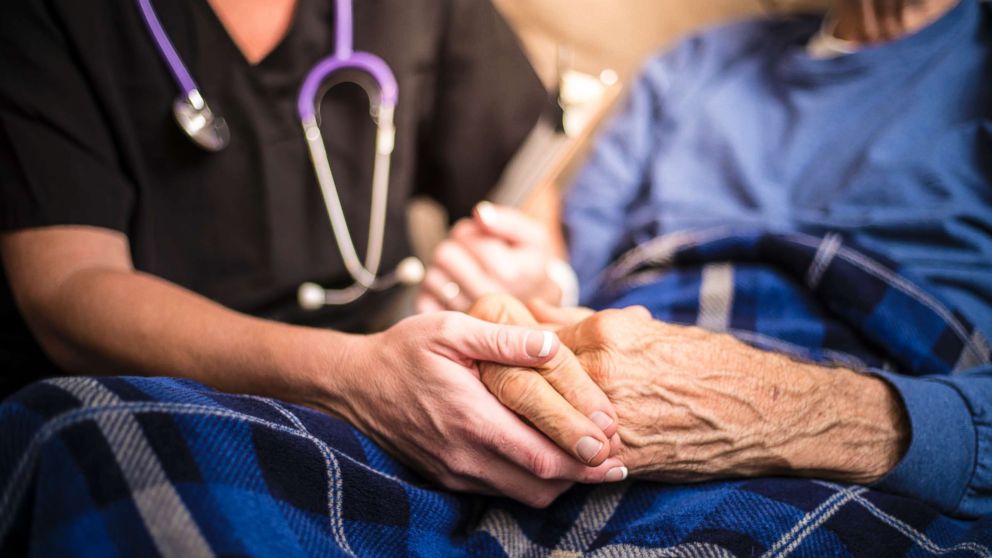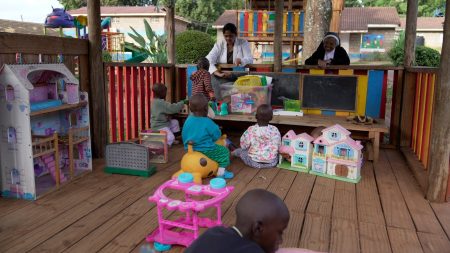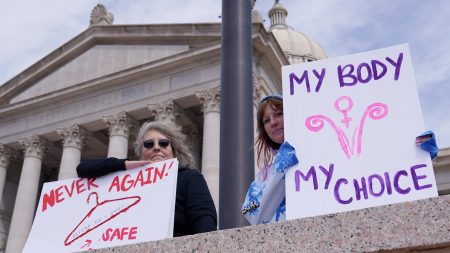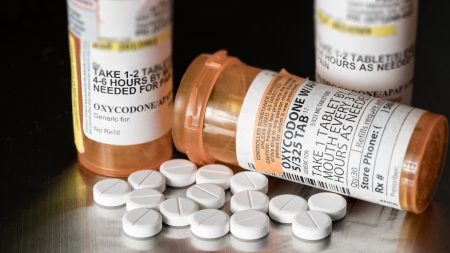Life Expectancy Disparities in the United States: A Growing Crisis
The United States, despite its wealth and advanced medical technology, faces a stark reality: life expectancy varies dramatically across different racial, ethnic, and geographic groups. A recent study published in The Lancet and conducted by the Council on Foreign Relations, titled "Ten Americas," reveals that life expectancy in the U.S. is not only among the lowest of wealthy nations but also starkly unequal. For example, Native Americans in the western U.S. have a life expectancy of less than 64 years, comparable to countries like the Democratic Republic of the Congo and Haiti. In contrast, Asian Americans enjoy a life expectancy of around 84 years, similar to that of Japan and Switzerland. These disparities are not just a matter of individual health choices but are deeply tied to systemic issues such as poverty, education, and access to healthcare.
The study highlights that since 2000, the gap in life expectancy between different populations in the U.S. has nearly doubled. This means that the health and well-being of certain groups have deteriorated at a much faster rate than others. Tom Bollyky, director of the global health program at the Council on Foreign Relations and an author of the study, emphasizes that these disparities are so stark that they resemble differences between entirely separate countries. "We’re seeing conditions in parts of the U.S. that we’d expect to see in much poorer nations," Bollyky said. This reality raises serious questions about the country’s commitment to equity and the effectiveness of its healthcare system. As Kathleen Harris, a sociologist at the University of North Carolina, put it, "It should not be that way for a country as rich as the U.S."
The Root Causes of Disparities: Poverty, Education, and Environment
The "Ten Americas" study identifies several key factors that contribute to these life expectancy disparities. One of the most significant is economic inequality. Native Americans in the western U.S., for instance, often live in counties where the average annual income is below $20,000, making them among the poorest populations in the analysis. Research consistently shows that people with lower incomes tend to live shorter lives, as they face greater challenges in accessing healthy food, clean water, and quality healthcare. For Native Americans, these challenges are compounded by the lack of basic infrastructure, such as grocery stores and piped water, on many reservations. About one in five Native Americans in the Southwest lacks health insurance, and even those who are insured under the Indian Health Service often face delays or barriers to receiving care due to chronic underfunding of the program.
Education is another critical factor influencing life expectancy.Higher levels of education are associated with better health outcomes, as educated individuals are more likely to adhere to health advice, pursue healthier lifestyles, and secure jobs that offer health benefits. Asian Americans, who have the highest life expectancy, also have the highest rates of college graduation, with about half completing a degree compared to fewer than a third of other populations. While education plays a significant role, it is not the sole determinant of health disparities. For example, Latino populations, who have lower rates of high school graduation compared to white Americans, still tend to live longer on average. However, this trend has recently been disrupted by the COVID-19 pandemic, which disproportionately affected Latino communities.
Racial and Ethnic Disparities: A Long-Standing Health Crisis
The study underscores the persistent racial and ethnic disparities in health outcomes in the U.S. Black Americans, for instance, have historically experienced worse health outcomes than white Americans, except for Native Americans. However, the analysis reveals a glimmer of hope: between 2000 and 2012, life expectancy for Black people improved steadily, and the gap between Black and white life expectancies narrowed. This progress was driven in part by better treatments for conditions such as high blood pressure and HIV, as well as gains in education. Black high school graduation rates rose sharply during this period, and more Black Americans pursued college degrees.
However, this progress stalled by 2016, and disparities began to widen again. Today, Black Americans, along with Native Americans, continue to face some of the poorest health outcomes in the country. The study attributes this to a combination of factors, including rising wealth inequality, limited access to healthcare, and the lingering effects of historical injustices such as slavery, Jim Crow laws, and forced displacement of Native American communities. These systemic inequalities have created a cycle of poverty and poor health that is difficult to break. As Bollyky noted, "Some groups in the United States are facing a health crisis, and we need to respond to that because it’s worsening."
The Role of Policy and Interventions in Addressing Disparities
To address these disparities, policymakers must take a comprehensive approach that tackles the root causes of poor health outcomes. This includes improving access to education, healthcare, and economic opportunities. One potential solution is to invest in community-based interventions tailored to the specific needs of different populations. For example, after-school programs that provide healthy meals and safe spaces for physical activity could help reduce childhood obesity, which is a major risk factor for chronic diseases later in life. These programs would need to be free and accessible to low-income families, with transportation options available for children who cannot otherwise participate.
Another critical step is expanding Medicaid in states that have not yet done so. Medicaid expansion has been shown to improve health outcomes by increasing access to preventive care and treatment for low-income individuals. However, many states, particularly in the South, have refused to expand the program, leaving hundreds of thousands of people without health insurance. As Harris noted, "If the federal government is really interested in America’s health, they could grade states on their health metrics and give them incentives to improve." This approach could create accountability and encourage states to prioritize the health of their most vulnerable populations.
The Devastating Impact of COVID-19 on Marginalized Communities
The COVID-19 pandemic has further exacerbated existing health disparities, highlighting the vulnerabilities of marginalized communities. Native Americans, for example, experienced some of the highest death rates from the virus, with one in every 188 Navajo people dying at the peak of the pandemic. This disproportionate toll was driven by a combination of factors, including limited access to healthcare, higher rates of underlying health conditions, and living conditions that made it difficult to social distance. Many Native American communities also lacked access to reliable internet and technology, making it harder to access virtual healthcare and other essential services during the pandemic.
Latino and Black communities were also hit hard by the pandemic, with Hispanic or Latino and Black people nearly twice as likely to die from COVID-19 as white Americans. These disparities were not simply a result of biology or personal behavior but were deeply tied to systemic inequalities. Many individuals in these communities work in low-wage, high-risk jobs that do not offer paid sick leave or the ability to work remotely. Additionally, pre-existing conditions such as diabetes and hypertension, which are more prevalent in these communities, increased the risk of severe illness and death from COVID-19. The pandemic has made clear that health disparities are not just a matter of individual choice but are shaped by broader structural factors, including poverty, racism, and lack of access to resources.
Moving Forward: A Call to Action for Equity in Health
The findings of the "Ten Americas" study should serve as a wake-up call for policymakers, healthcare providers, and the broader public. The U.S. cannot continue to ignore the growing disparities in life expectancy and health outcomes between different racial, ethnic, and geographic groups. To truly make America healthy again, as the Trump administration pledged, the country must confront the systemic inequalities that are driving these disparities. This requires a multifaceted approach that addresses the social determinants of health, including poverty, education, and access to healthcare.
One promising solution is to explore policies that directly address the historical injustices that have contributed to racial and ethnic disparities. For example, reparations for Black Americans could help to reduce the wealth gap and improve health outcomes. A recent study estimates that reparations could reduce premature deaths among Black Americans by as much as 29%. While this idea remains controversial, it underscores the need for bold and innovative solutions to address the systemic inequalities that have been allowed to fester for far too long.
Ultimately, the U.S. must commit to creating a society where everyone has the opportunity to live a long, healthy life, regardless of their race, ethnicity, or ZIP code. This will require not only policy changes but also a shift in cultural attitudes and values. As Harris said, "We need to recognize that health is not just an individual responsibility but a collective one. If we truly value life and equity, we must act on that principle." The time to act is now, before the disparities in life expectancy and health outcomes become even more entrenched.















